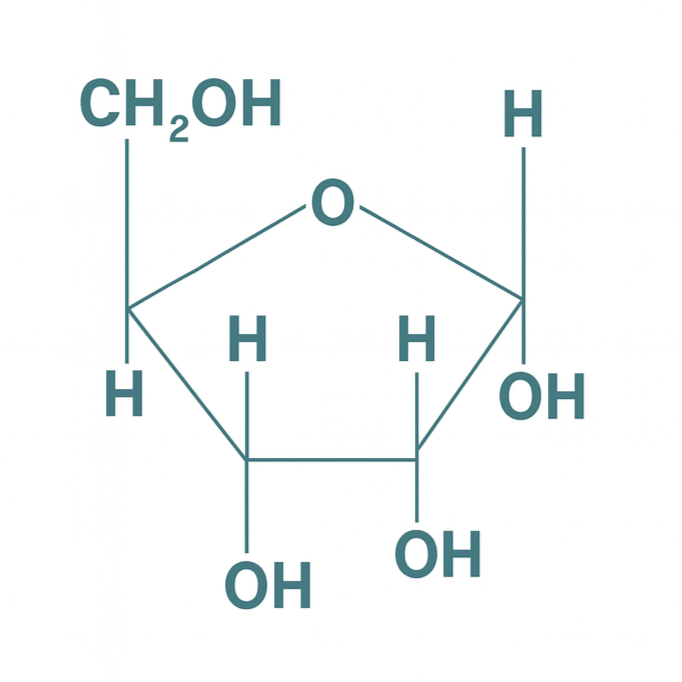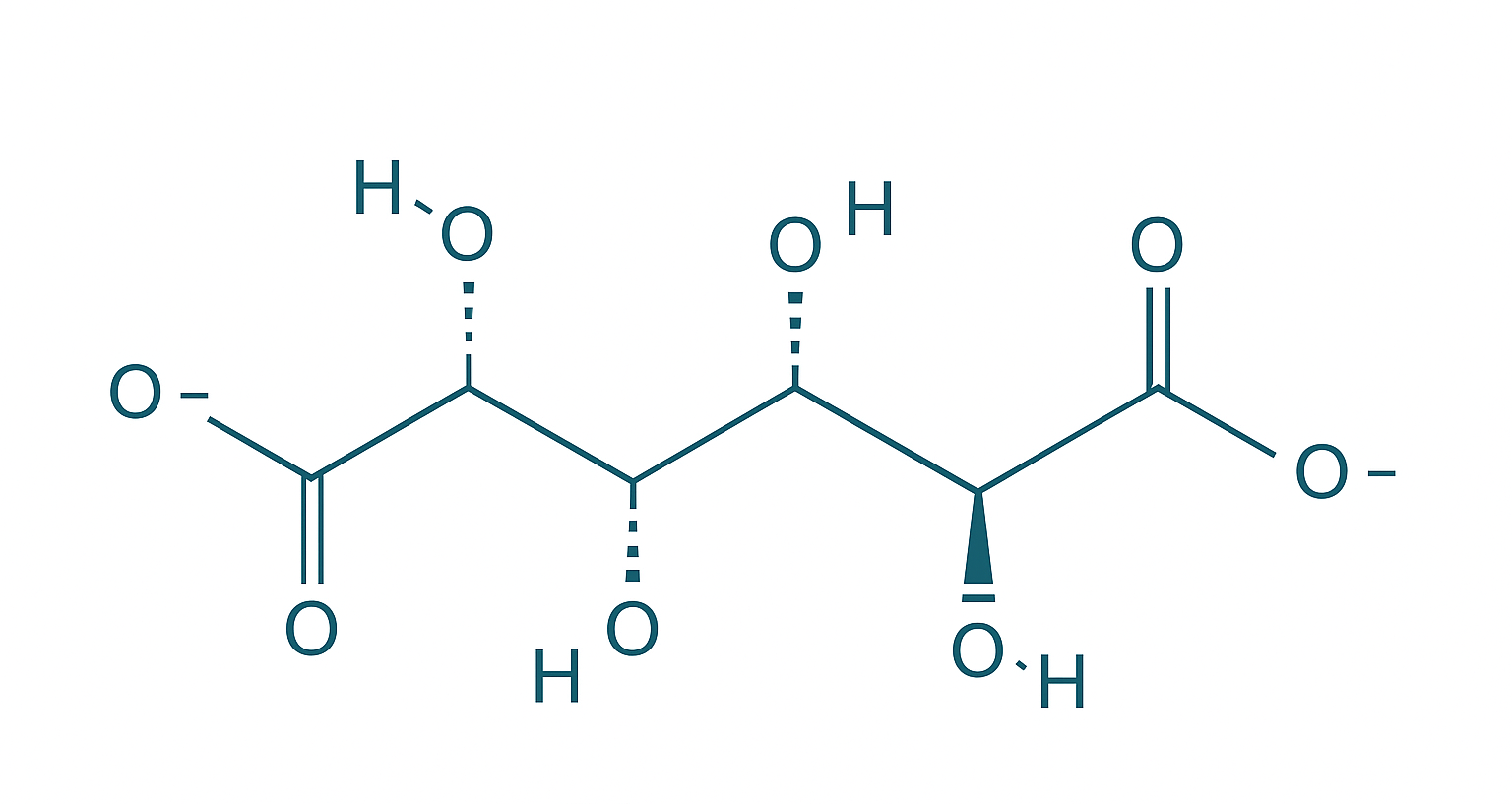What Is Altitude?
Altitude refers to how high you are above sea level. As you ascend to higher elevations, atmospheric pressure (the weight of the air pressing down on the Earth) decreases, which means there’s less oxygen in each breath you take. While the percentage of oxygen in the air remains the same (about 21%), the amount of oxygen available to your body drops steadily as altitude increases.
| Altitude | Effective Oxygen %* | Reduction from Sea Level % |
|---|---|---|
| 4,000 ft | ~17.9% | ~14% |
| 6,000 ft | ~16.6% | ~21% |
| 8,000 ft | ~15.4% | ~26% |
| 10,000 ft | ~14.3% | ~32% |
| 12,000 ft | ~13.2% | ~37% |
* Based on barometric/partial pressure models. These values are consistent with published oxygen charts and altitude gas laws.

Altitude Symptoms
Symptoms can begin at elevations as low as 4,000 ft and become more pronounced with increased altitude or exertion. Altitude sickness is unpredictable and can affect anyone — even those who are fit and well-hydrated.
Symptoms can include: shortness of breath, headaches, rapid heart rate, nausea, fatigue, brain fog, difficulty sleeping, muscle cramps, dizziness, irritability and/or loss of coordination.

Important Note
Many of these symptoms mimic dehydration, which is why altitude sickness is often misattributed. In fact, altitude — not dehydration — is the underlying cause up to ~95% of the time. Hydration is important, but it won’t address the physiological oxygen deficit driving these symptoms.

D-Ribose
Cellular Energy Support
D-Ribose is a naturally occurring sugar the body makes by breaking down glucose (from food like carbohydrates) to generate the building blocks for ATP (adenosine triphosphate), the body’s primary energy molecule. ATP is essential because it fuels every cellular activity in the body, from powering muscles and the brain to driving repair, recovery, and overall vitality.
At altitude, your body works harder to take in and circulate oxygen. This increased demand can stress your energy systems, causing your cells to use ATP faster than your body can rebuild it. With limited energy supply, your body prioritizes vital organs like the heart, lungs, and brain. This often means less energy for your muscles, liver, and digestive system — and more fatigue, soreness, nausea, and brain fog.
By supporting ATP replenishment, D-Ribose helps maintain energy balance, allowing critical organs and supporting systems to operate in sync rather than in competition for resources.

dextrose
Non-GMO Rapid Energy & Delivery
Dextrose is a simple carbohydrate chemically identical to glucose, the body’s primary fuel source. It’s rapidly absorbed, providing an immediate source of energy to support every cell in the body—especially those with high demands like the brain, heart, and lungs. By quickly delivering glucose, dextrose helps maintain energy levels, supports physical performance, and ensures vital tissues have the energy they need to function effectively.
Beyond providing quick energy, glucose plays an important role in helping D-Ribose get into cells. Because glucose and D-Ribose share some of the same transport pathways, having glucose available can enhance the uptake of D-Ribose into tissues. This synergy allows cells to access both the immediate fuel (glucose) and the building blocks needed to rebuild ATP (D-Ribose) more efficiently. Similarly, glucose plays a key role in hydration, helping your body absorb water and electrolytes more effectively.
Glucose is the only sugar that effectively crosses the blood-brain barrier. The brain accounts for about 20% of the body’s energy use at rest despite making up only ~2% of body weight, making a steady glucose supply important for supporting focus, cognitive performance, and overall brain function. At higher altitudes, where oxygen is limited, maintaining adequate glucose availability becomes even more critical.

Glucarate
Detoxification & Cellular Health
Potassium Glucarate is a salt of D-glucaric acid — a compound naturally produced in the body and also found in fruits and vegetables.
At altitude, the body prioritizes oxygen and energy for critical organs like the heart, lungs, and brain, which can place extra demands on other systems, including the liver. Potassium Glucarate supports the body’s natural detoxification pathways, helping support healthy liver function and balanced energy.
This gentle liver support can help promote mental clarity, steady energy, and healthy recovery during periods of high demand — such as at altitude or after intense activity.
And that's it!
Well, almost.
We keep things simple on purpose. Our formula uses as few ingredients as possible and is free of artificial sweeteners, artificial colors or flavors, and preservatives—and it’s non-GMO and gluten-free. We do include a small amount of rice hull as an anti-caking (non-clumping) agent; it’s a neutral, non-active ingredient that doesn’t affect taste or function.

Backed by Real Science — and Real Experience
MTN Ready® was created by people who live and breathe the mountains — and know firsthand how challenging altitude can feel. Every year, when family and friends visit, we see the same thing: excitement to explore followed by the reality of how different elevation can feel.
We built MTN Ready® because the existing options didn’t meet the needs of real people in the mountains. We wanted something clean, simple, and effective — something we’d trust for ourselves and the people we care about.






